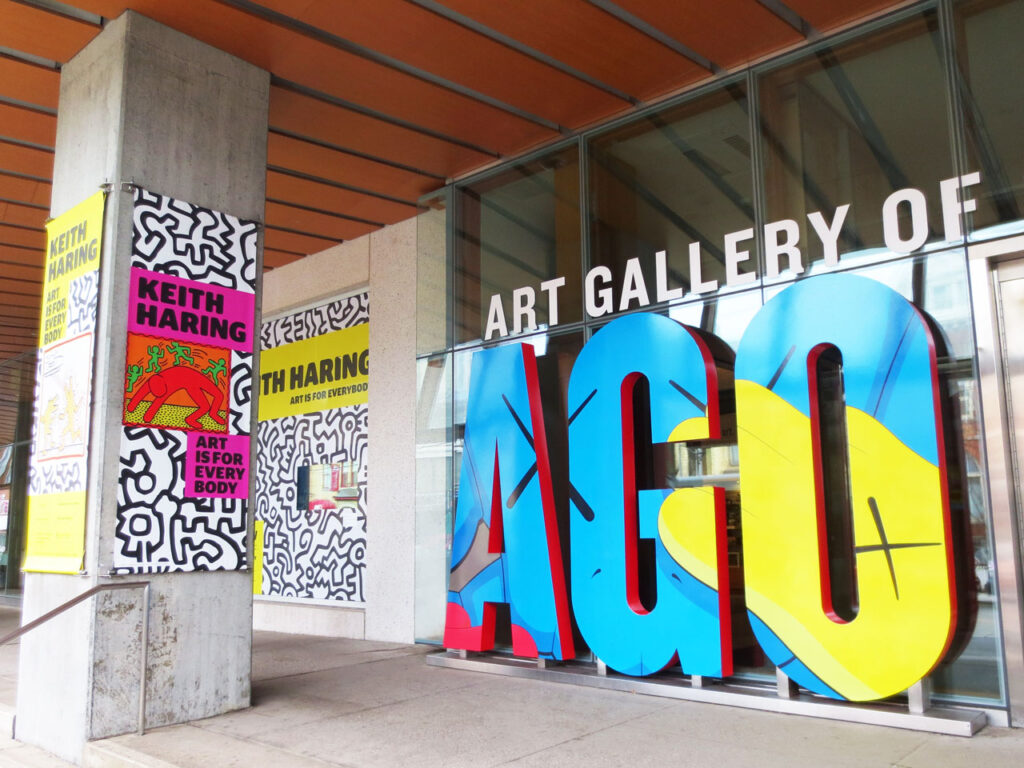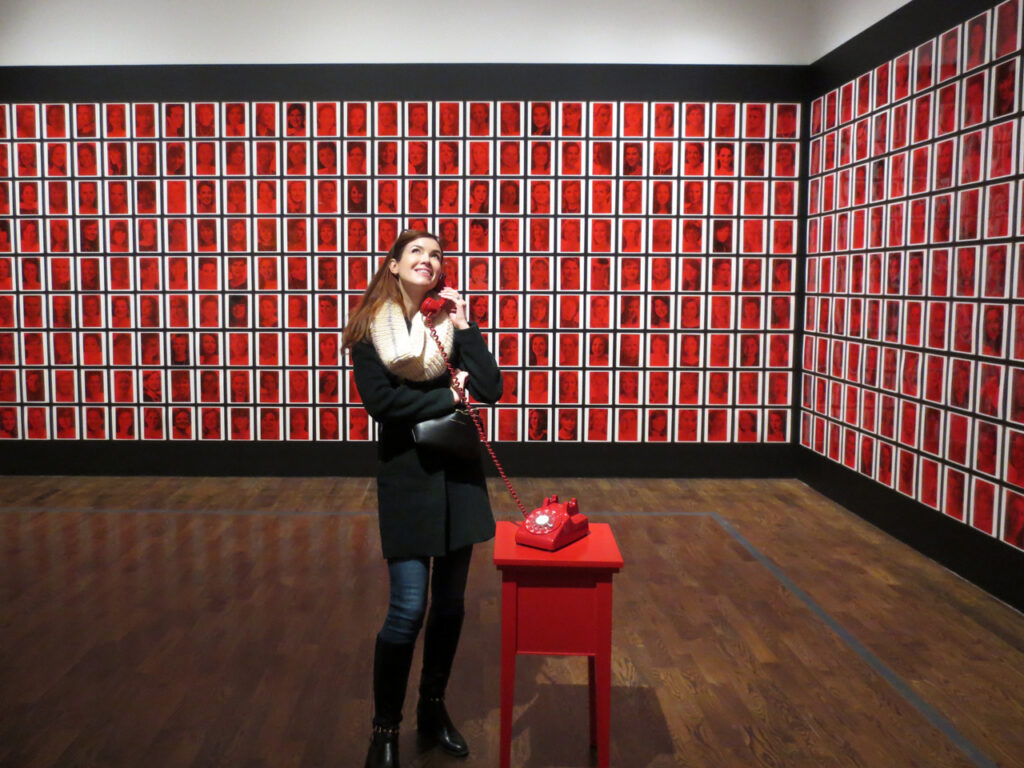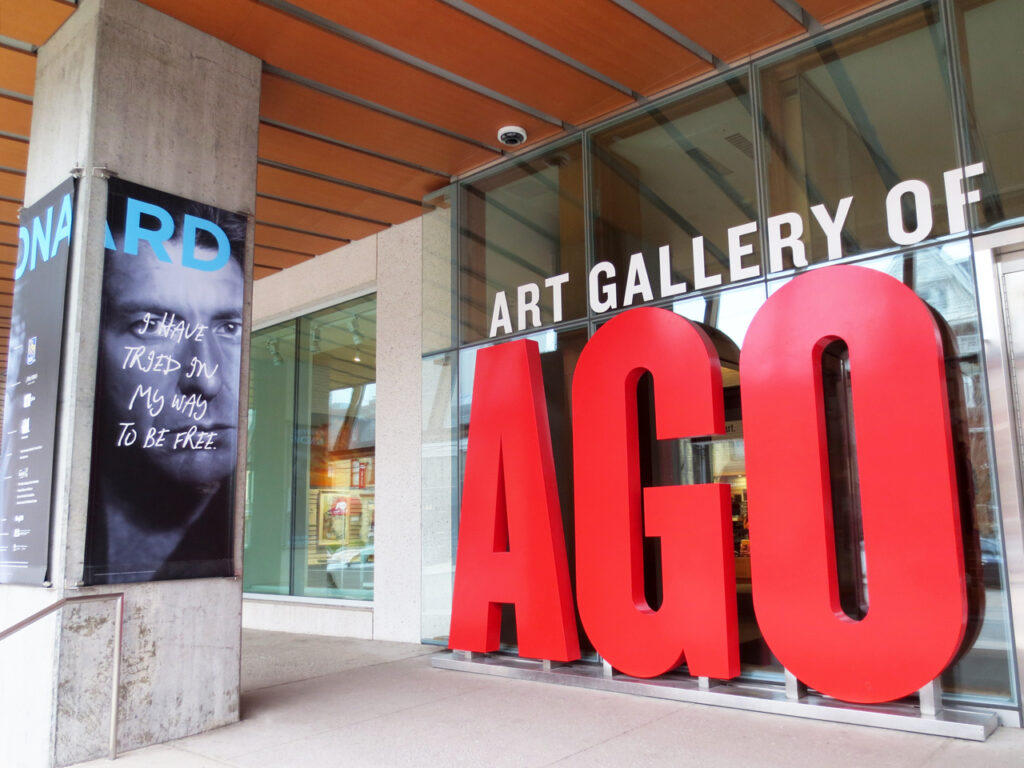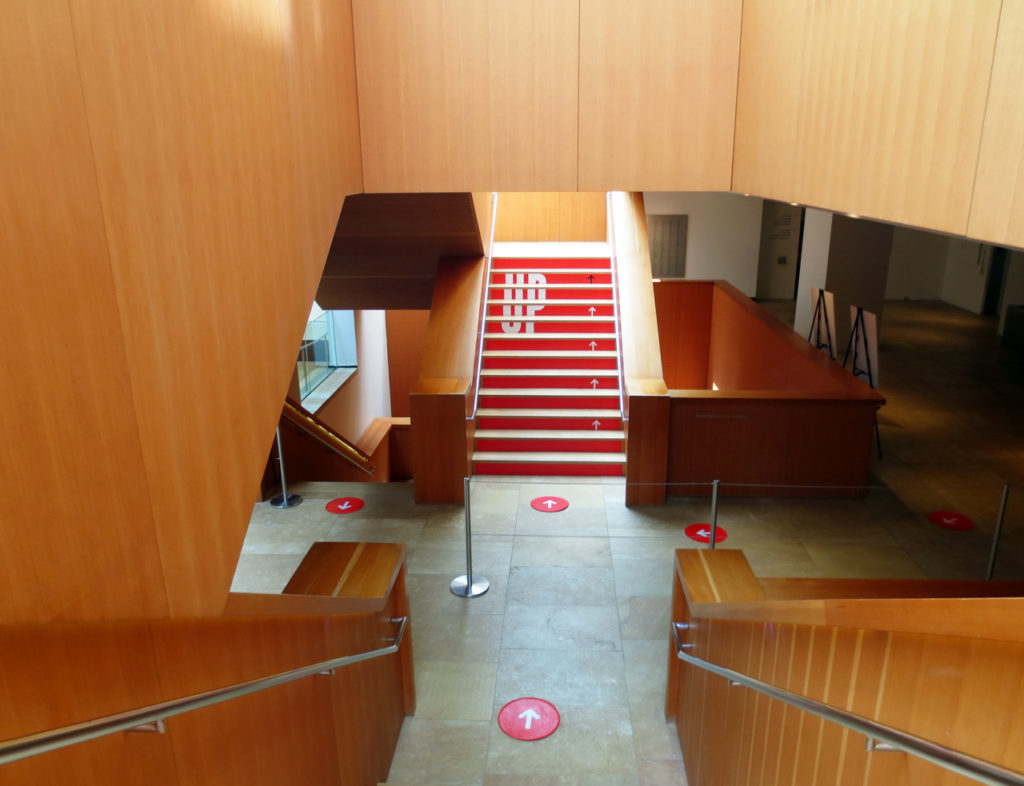
Those who enjoy a theme will be pleased to see how the curator of the new exhibition at the Ago, Dr. Caroline Shields, nailed it when pulling together the pieces for “Impressionism in the Age of Industry“. The show will be on display until May 5th, 2019.
Including paintings, prints, photographs, sculptures and early films, borrowed from galleries and private collectors from across Europe, the United States and Canada, some coming from the AGO’s own collection, the show beautifully depicts how the impressionist artists of the late-1800s viewed their dramatically changing surroundings, as the influx of modernization and industry took hold.
In fact, it was industry itself and a new invention that allowed the French Impressionist art movement to be born, after synthetic paints became available, prepackaged in tubes. Prior to this, colours had to be painstakingly ground up and mixed as needed, giving painters little opportunity to leave their studios and get outside to create “en plain air“, which was one significant characterization of this movement.
The term “Impressionism” was first used in 1872, after Claude Monet named his painting “Impression, Soleil Levent” (Impression, Sunrise) when submitting it for an exhibition. He’d been asked to provide a name, and recognizing that the piece, which appeared misty and lacked specific detail, could be best described as an “impression” of the scene. This caused an art critic to satirically coin the term, using it to categorize paintings which were created using a combination of daubs and short strokes of colour, that, when viewed together, suggested an image. At the time, this style was viewed as a lesser “unfinished” style in comparison to the highly detailed and accurate depictions that had become the norm in paintings until then.
In the beginning, the Impressionist painters had a very difficult time having their work accepted to be shown in salons and purchased by collectors. It was thanks to a single purchaser, Paul Durand-Ruel, the first modern art dealer that ever was, who basically supported the group of French artists who painted in this style, when no one else was interested in their work.
Fast forward and here we are, 150 years later and across an ocean, able to admire and appreciate these wonderful artworks displayed together for the first and only time. The show is extensive, interesting and very impressive (no pun intended).

↑ Curator Dr. Caroline Shields ↑
Visitors begin their art journey in a hall made to look like an old train station, complete with a soundscape. There you’ll find a timeline detailing the Industrial Age.

The first painting is of the platform of a train station, with a steamy train just pulling it. It is, fittingly, by Claude Monet, one of several of his pieces in the show. It’s accompanied by a quote by an anonymous critic back in 1877 — “The brush renders not only movement, colour, and activity, but also noise. It seems incredible, yet this station really is full of clamour, rumblings and whistles, which one perceives through the dense fumes of blue and grey smoke. It is a pictorial symphony.”

The show is large and is divided into several categories. Here’s a sample, shown in order of appearance. The titles of the pieces would have originally been in French …

↑ “The Shop Girl” by James Tissot 1884 (part of The AGO’s collection) – A very changed city was represented in this piece, after new technology had allowed for the manufacturing of large pieces of plate-glass, boulevards had been widened to allow for pedestrians and horse-drawn carriages, and streetlights had been introduced. ↑

↑ “Place du Theatre Francaise, Paris: Rain” by Camille Pissarro, 1898. The new opera house is seen in the distance, as viewed from Pissarro’s hotel room. ↑

↑ “The Vendome Column under Reconstruction”, albumen print by Auguste Hippolyte Collard, 1873. The column had originally been put up by Napoleon in 1810. It was torn down by a radical socialist government in 1871 and then put back up a couple of years later, when this early example of “street photography” was taken. ↑


↑ “Eiffel Tower”, by Georges Seurat, 1889. This is a small painting that shows the Eiffel Tower as it was still being built. ↑

↑ “The Tower Under Constructions as seen from The Trocadero”, A lithograph by Henri Riviere, 1902. ↑

↑ “The Beach at Trouville”, by Eugene Boudin, 1894. After transport by train began along the coast of Normandy, city dwellers were able to go to the beach. This is a bright and beautiful large painting. ↑

↑ Stills from a short film, “Arrival of a Train at La Ciotat”, by brothers Auguste and Louis Lumiere, 1895. These brothers had just developed the world’s first portable motion-picture camera and this film was one of their first. It shows the train pulling into the station and people getting off. ↑

↑ “A Suburban Railway Station”, by Georges D’Espagnat, 1897. It is believed that the artist used the Lumiere film, above, as a model for this painting, since it would have been impossible to have the lady and child actually pose there while he painted them. ↑


↑ “The Place de l’Europe” by Jean Bereaud, date unknown. ↑

↑ A sculpture of a Longshoreman by Constantine Meunier, 1885 — a dockworker displayed near scenes of bustling docks where he would have worked, painted by Camille Pissarro (one shown in detail below).
Pissarro’s quote on the wall says “I’ve endeavoured to give an idea of the movement, life, and atmosphere of the port, with all the steaming boats, bridges, chimney stacks, town districts in the mist, fog, setting sun … In short, I painted what I saw and felt.“

↑ “The Pont Boieldieu, Rouen, Damp Weather” by Camille Pissarro, 1896. ↑

↑ “The Coalmen” by Claude Monet, 1875 ↑


↑ “Henri Rouart in Front of His Factory” by Edgar Degas, 1875 ↑

↑ “Argenteuil” by Claude Monet, 1872.
Monet clearly chose to include the factories in the background in the picture, as he easily could have turned his easel slightly and shown only the pretty water and the peaceful sailboats. He wanted to show modern industry and leisure co-existing. ↑

↑ “The Seine at Argenteuil” by Gustave Caillebotte, 1892. ↑

↑ “Factories at Clichy” by Vincent Van Gogh, 1887. Van Gogh lived at the top of the hill in Montmartre and would have been able to see these factories in the distance. He was intrigued enough to venture over and paint the scene. ↑

↑ A close-up showing the couple in front, to give scale to structures the likes of which would never have been seen before. ↑


↑ “The Rainbow : Study for Bathers at Asnieres”, by Georges Seurat, 1883. This is a small painting which was a study for Seurat’s masterpiece, Bathers at Asnieres.
I hadn’t realized that Seurat died when he was only 31 years old, so inevitably, he could not have created very many works, making the inclusion of three of his paintings in this show quite special. ↑


↑ “The Laundress” by Edgar Degas, around 1869 to 1875. There are undoubtedly many many wonderful pieces in this show, but, for me, this one was it. It is just so beautiful, seen in real life. ↑

↑ “Children in a Garden, The Nurse”, by Mary Cassatt, 1878. I believe this is the only piece in the show created by a woman. Cassatt was an American from a well-off family, who, despite her father’s objection, chose to live in Paris and devote her life to painting. She often created images of the social and private lives of women. ↑


↑ “Divan Japonais” by Henri de Toulouse-Lautrec, 1893. ↑
“Impressionism in the Age of Industry” is a ticketed show, with tickets available here. I hope this little look at the wonders that await at the AGO will encourage you to go.



Thank you for reading, xo loulou




